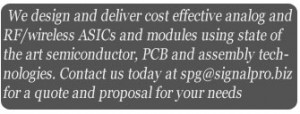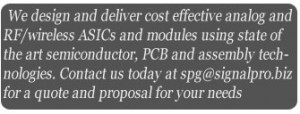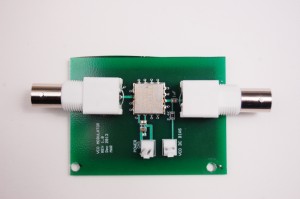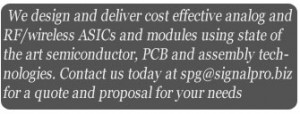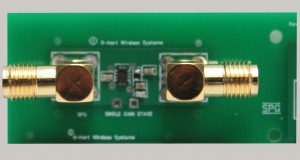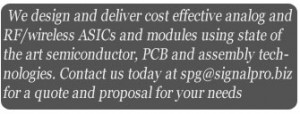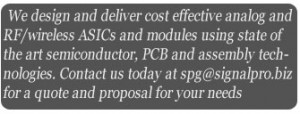The radiation resistance of a small loop is given by: 3.12*10**4[NA/(lambda*lambda)]. Here N is the number of turns, A is the area of the loop in square meters, lambda is the wavelength of operation in meters. The radiation resistance of a small loop is very low. The loop also has losses. So an efficiency can be calculated as: ETA = Rrad/(Rrad+RL). Here RL is the loss resistance. ETA can be expressed as a percentage also. Note that RL is the loss in the conductor and the loss in the series tuning capacitor that is frequently used. The effect of the ratio of Rrad/RL can be derived. Some common points of reference are: Rrad/RL = 100. ETA = 100%, Rrad/RL = 0.01, ETA = 0.0 ( approximate), Rrad/RL = 1.0, ETA = 50%.For further information please search for small loop antennas in this blog to access the EXCEL spreadsheet useful in designing a practical antenna or visit http://www.signalpro.biz and look under ” free stuff”..

